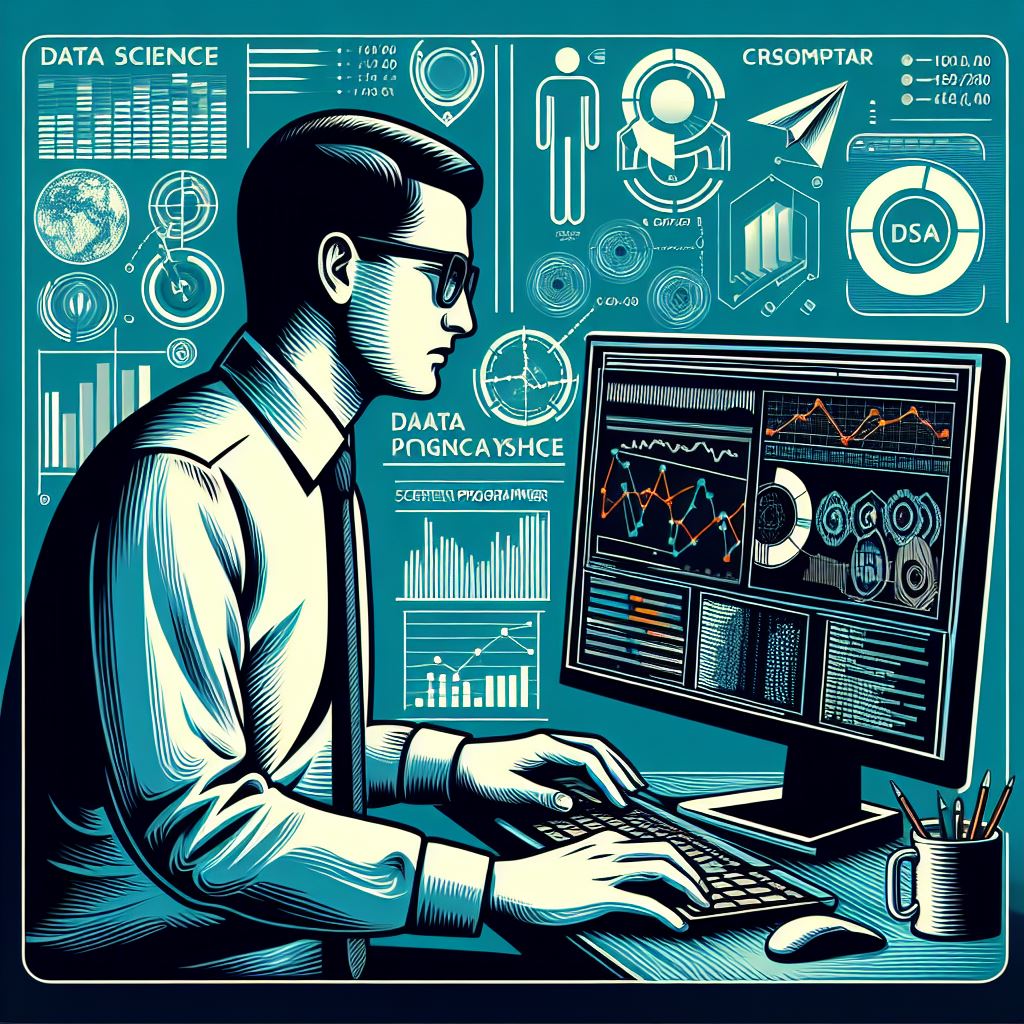Machine learning (ML) models are at the heart of modern artificial intelligence (AI) systems, enabling computers to learn from data and make predictions or decisions without being explicitly programmed. These models have revolutionized various industries, from healthcare to finance, by improving efficiency, accuracy, and automation. In this article, we’ll explore the key types of machine learning models, their uses, and how they can be applied in real-world scenarios.
1. Supervised Learning Models
Supervised learning is one of the most common and widely used ML techniques. In supervised learning, the model is trained on a labeled dataset, meaning that both the input data and the corresponding output labels are provided. The goal is to learn a mapping from the input to the output so that the model can predict the output for unseen data.
Popular algorithms for supervised learning include:
Linear Regression: Used for predicting continuous values, such as house prices or stock market trends.
Logistic Regression: Commonly applied in classification tasks like email spam detection or medical diagnosis.
Support Vector Machines (SVM): Effective for binary classification tasks, such as identifying whether an image contains a cat or not.
Applications of supervised learning span a wide range of domains, including customer segmentation, fraud detection, and language translation.
2. Unsupervised Learning Models
Unlike supervised learning, unsupervised learning does not rely on labeled data. Instead, it seeks to identify patterns or structures within the data without any predefined outputs. This type of learning is particularly useful when we want to explore data and find hidden relationships.
Common unsupervised learning algorithms include:
K-Means Clustering: Helps in grouping data into clusters, commonly used in market segmentation and document clustering.
Principal Component Analysis (PCA): A dimensionality reduction technique, often used in image processing and exploratory data analysis.
Unsupervised learning is commonly used in anomaly detection, customer behavior analysis, and recommendation systems.
3. Reinforcement Learning Models
Reinforcement learning (RL) is a branch of ML where an agent learns by interacting with its environment and receiving feedback in the form of rewards or penalties. The goal is to find the optimal strategy or policy that maximizes the cumulative reward over time.
RL has been particularly successful in game playing, robotics, and autonomous vehicles. Famous applications of RL include:
AlphaGo: A deep reinforcement learning model developed by Google DeepMind to play the game of Go at a superhuman level.
Self-driving Cars: RL is used to train autonomous vehicles to make real-time driving decisions.
Reinforcement learning is a powerful tool for solving complex problems involving sequential decision-making and optimization.
4. Deep Learning Models
Deep learning is a subset of machine learning that uses artificial neural networks with many layers to model complex patterns in large datasets. These models are particularly powerful for tasks such as image recognition, natural language processing, and speech recognition.
Key deep learning models include:
Convolutional Neural Networks (CNNs): Typically used in computer vision tasks like image classification and object detection.
Recurrent Neural Networks (RNNs): Well-suited for sequential data, such as time series analysis, speech recognition, and text generation.
Generative Adversarial Networks (GANs): Used for generating realistic images, videos, and other types of synthetic data.
Deep learning models have achieved state-of-the-art results in various applications, particularly in fields like autonomous driving, healthcare imaging, and virtual assistants.
5. Transfer Learning Models
Transfer learning is a technique where a pre-trained model, typically trained on a large dataset, is fine-tuned for a different but related task. This approach leverages the knowledge gained from solving one problem to solve another problem with less data.
Transfer learning has been especially useful in fields like natural language processing, where models like GPT-3 and BERT can be fine-tuned for specific applications, including chatbots, language translation, and text summarization.
Conclusion
Machine learning models are revolutionizing industries by enabling smarter decision-making, automation, and innovation. By understanding the different types of ML models—supervised, unsupervised, reinforcement learning, deep learning, and transfer learning—you can choose the right approach for solving various challenges. As the field of machine learning continues to evolve, the potential applications of these models will only grow, offering even more opportunities for businesses and industries to harness the power of AI.
